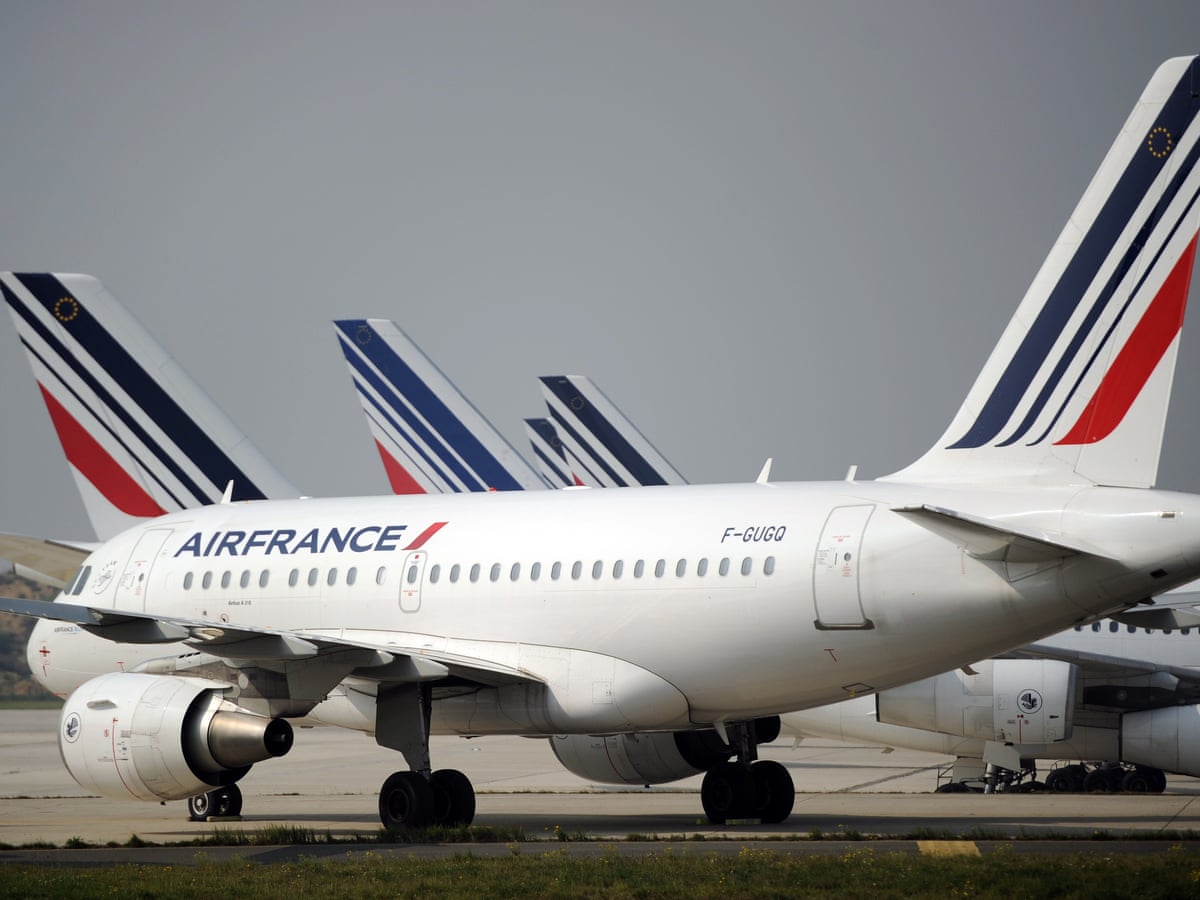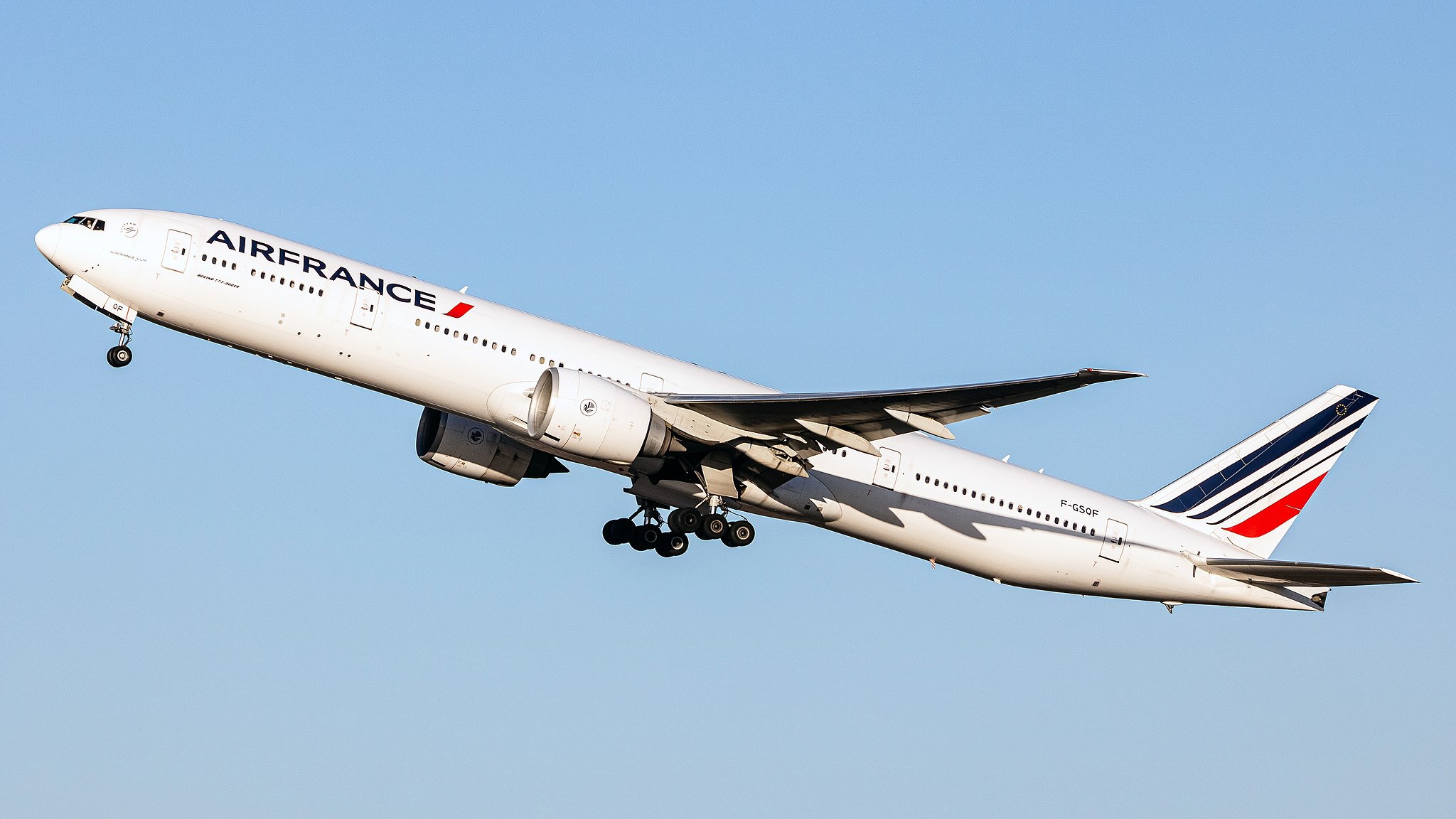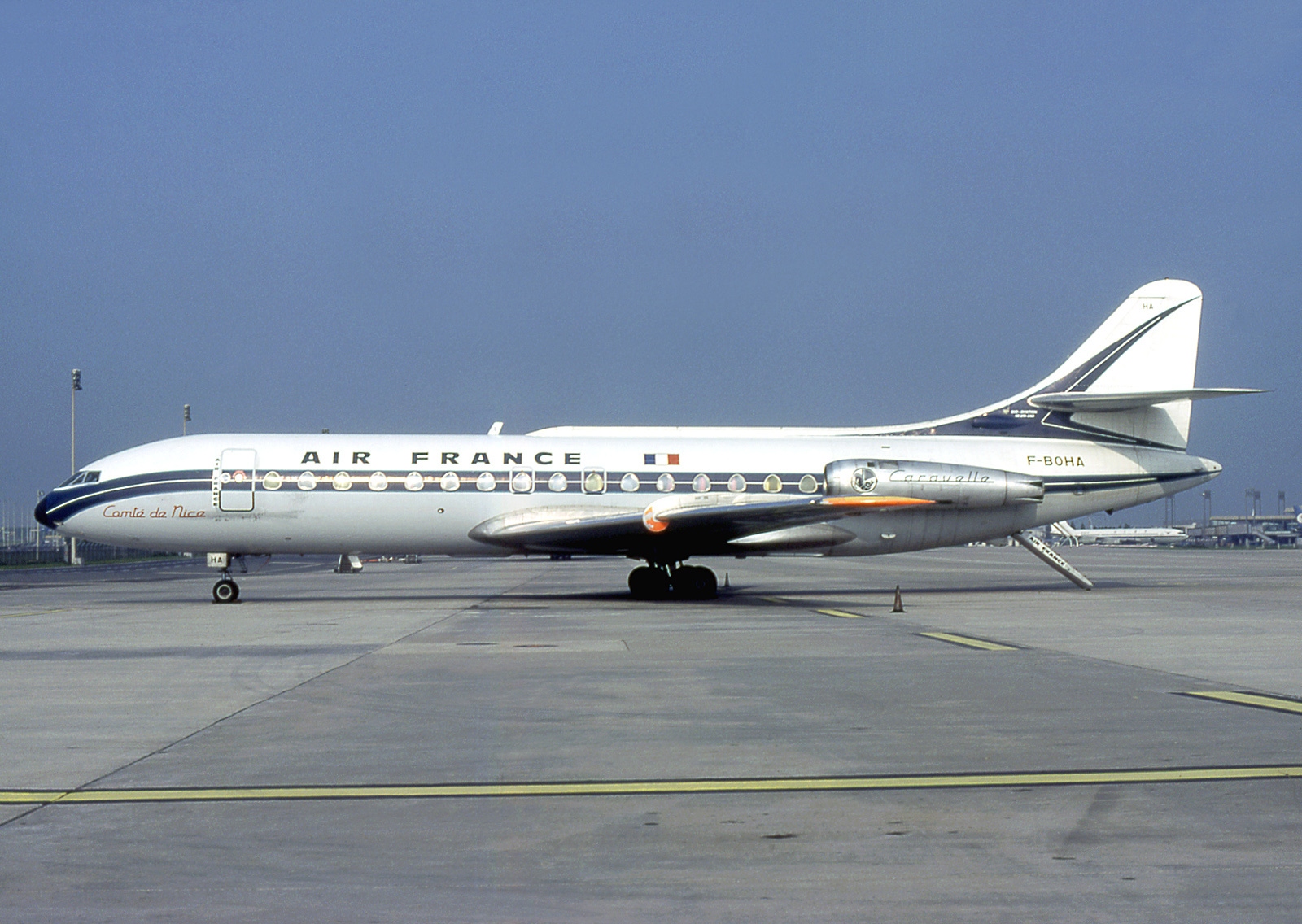
On April 3rd, 2022, what began as a routine transatlantic duty for an Air France crew turned into a harrowing sequence of events that would later send shockwaves through the aviation community.
The mission seemed simple enough: a round-trip flight from Paris to New York and back, scheduled over a two-day period. The airline had assigned a seasoned captain with nearly 11,700 hours of experience and a first officer with over 5,000 flight hours to operate a Boeing 777.
However, despite their experience and professional rapport, the return flight to Paris would be plagued by fatigue, confusion, and what appeared to be the ominous shadow of a misunderstood technology—5G interference with critical aircraft systems.
What unfolded during those final minutes in the air left not just the cockpit but the entire world questioning how a well-prepared crew could lose control of their aircraft during approach.
The outbound journey to New York was, by all accounts, uneventful. The flight departed Paris Charles de Gaulle at 16:30 Central European Time and landed at New York’s JFK Airport close to midnight local time after a 7-hour flight. By the time the crew reached their hotel, it was well past 2 AM. Although both pilots reportedly got seven hours of sleep and had a full day of rest in New York, their return duty was scheduled for a deeply taxing timeline.

The pickup occurred around midnight, and the team had to endure a grueling 90-minute drive to the airport before beginning pre-flight preparations for a 3 AM departure back to Paris. This scheduling meant the pilots would fly through the core of the circadian low, a biological trough where human performance is at its worst.
While Air France had allotted extended rest time both before and after the duty in acknowledgment of its difficulty, such considerations are not always enough to override the body’s natural clock.
What made this particular duty even more precarious was the timing of a recent safety bulletin issued by French aviation authorities. Just two months before, in February, concerns had emerged over potential interference between new 5G networks and the radar altimeters on certain aircraft types, including the Boeing 777.
Though the 5G signals in Europe operated on a lower frequency band deemed safe, the global pilot community had become increasingly paranoid about the possible consequences. Conversations on pilot forums and safety briefings were dominated by “what if” scenarios.
The Air France pilots were not immune to the speculation. They had been reading these reports, and while there had been no confirmed cases of actual interference, the seed of fear had already been planted. This would come into play in a way no one expected.
The crew began their preparations for the return flight by checking weather conditions, NOTAMs, and the flight plan. Conditions en route were normal, and although Paris was experiencing low-lying clouds down to 300 feet, such conditions were routine for seasoned airline pilots.

They boarded the aircraft, completed all checks, and took off just before dawn for the seven-hour journey back to Charles de Gaulle. The flight itself remained uneventful until they began their descent toward Paris, where an eerie cascade of confusion began to unfold in the cockpit.
As they descended through the cloud cover and prepared for landing, something strange happened. The aircraft, which was under full autopilot control and following the approach path, suddenly started to drift off course.
The pilots, noticing this deviation, began troubleshooting, believing it to be either a technical failure or—perhaps more alarmingly—something related to the much-feared 5G interference. Instead of coordinating a textbook recovery, the situation deteriorated rapidly as both pilots began giving conflicting inputs to the flight systems.
Cockpit voice recordings would later reveal that the communication between the captain and first officer had broken down during these critical moments. Fatigue, stress, and the subconscious fear of an unseen technological threat created a perfect storm of hesitation and overcorrection.
The first officer reportedly questioned the aircraft's responsiveness, while the captain issued rapid-fire instructions without clearly communicating his intentions. At one point, both pilots were trying to fly the aircraft manually, but neither fully relinquished or asserted control, causing further instability.
The aircraft descended far too low during approach, triggering alarms and causing Air Traffic Control to intervene. A go-around was initiated at the very last moment—barely 1,000 feet above ground level. The entire maneuver, from the loss of automation to the final decision to climb out, lasted just over one minute but felt like an eternity. Passengers onboard were unaware of how close they had come to disaster, but within the cockpit, adrenaline surged.
The pilots eventually stabilized the aircraft and landed safely on their second attempt. However, what followed was a full-scale investigation that exposed alarming truths about pilot psychology, modern cockpit reliance on automation, and the unintended consequences of regulatory communications.

It turned out there was no 5G interference at all. The deviation was caused not by external signal corruption but by an inadvertent disconnection of the autopilot while the crew were navigating through dense cloud layers. The pilots failed to notice the autopilot had disengaged, likely due to a momentary lapse in attention—a classic symptom of circadian rhythm disruption and sleep inertia.
When they realized the aircraft was veering off course, they overreacted in opposite directions, creating an unstable flight path. It was a textbook case of what human factors specialists call “startle effect”—when an unexpected event causes even trained professionals to behave irrationally. And layered on top of that was the fear of 5G, a fear that had no factual basis in that moment but added mental noise to an already tense situation.
The report released by French investigators emphasized the dangerous role of rumor, unverified speculation, and fatigue in modern aviation. The captain’s significant experience on both Airbus and Boeing aircraft might have worked against him, as habits from Airbus systems may have influenced his expectations of automation behavior.
Likewise, the first officer’s relative inexperience on the 777 may have made him more hesitant in asserting corrective action. But most damning of all was the realization that despite all protocols, the two pilots did not communicate clearly during the most critical phase of flight.

In the end, no passengers were harmed, and the plane landed safely, but the incident raised serious questions within the aviation industry. Are airlines doing enough to mitigate fatigue on long-haul flights that cross multiple time zones with late-night departures?
Are pilots being overwhelmed with speculative technical memos that sow doubt rather than confidence? And most importantly, are flight crews sufficiently prepared to handle automation failures that occur during approach in marginal weather?
Air France took immediate steps to reinforce cockpit resource management and re-educated pilots on autopilot engagement awareness. The 5G scare has since faded from the headlines, but its psychological residue lingers in cockpits around the world. For now, the April 5th incident remains a powerful reminder of how small lapses in perception, amplified by fear and fatigue, can spiral into near-tragedy—even in the most advanced aircraft, flown by the most experienced crews.
And as passengers, we often sit back and trust the professionals in the cockpit to guide us safely across oceans and continents. But behind that calm voice announcing our descent into Paris or New York may lie a team grappling with exhaustion, over-reliance on technology, and the invisible pressures of flying in an age where even the airwaves are suspected of betrayal.
The Air France flight was saved not by automation, nor by textbook protocol, but by instinctual correction made just in time. That’s both comforting—and terrifying.



